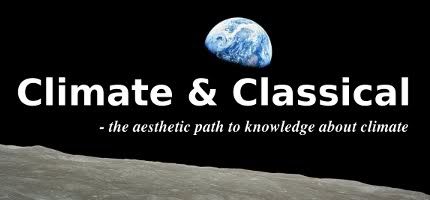
Credit:Kevin Young, Mohan Sarovar and Cheuk Chi Lo
"Bit" is a contraction of "binary digit," but unlike a classical bit, which is plain-vanilla binary with a value of either 0 or 1, a quantum bit, or qubit -- the theoretical basis of quantum computing -- holds both 0 and 1 in a superposed state until it is measured.

Credit: Cheuk Chi Lo, Kevin Young, and Mohan Sarovar
Electrical detection of magnetic resonance reveals the nuclear spin states of implanted donor ions by spectral lines. In large ensembles (left), spectral lines for both the up and down spin states are present. By reducing the measurement to a few or, ideally, a single donor ion (right), a single spectral line predominates.
A vast computational space can be created with relatively few quantum-mechanically entangled qubits, and the measurement of one qubit can instantly resolve an intricate calculation when all the entangled qubits are "collapsed" to a specific value by the measurement.
So how does one make and measure a qubit?
According to the scientists at Berkeley, qubits based on individual dopant atoms implanted in silicon may be the best strategy. The materials and methods of silicon-chip manufacturing are familiar and, when applied to quantum-computer devices, have the potential for easy scale-up.
Several other methods have been explored over the years, including tricky schemes involving superconducting tunnel junctions, quantum dots, neutral atoms in optical lattices, trapped ions probed by lasers, and so on.
This article is pretty good and explains the various aspects of silicon-based quantum computing. Several references to the field work are included.











No comments:
Post a Comment